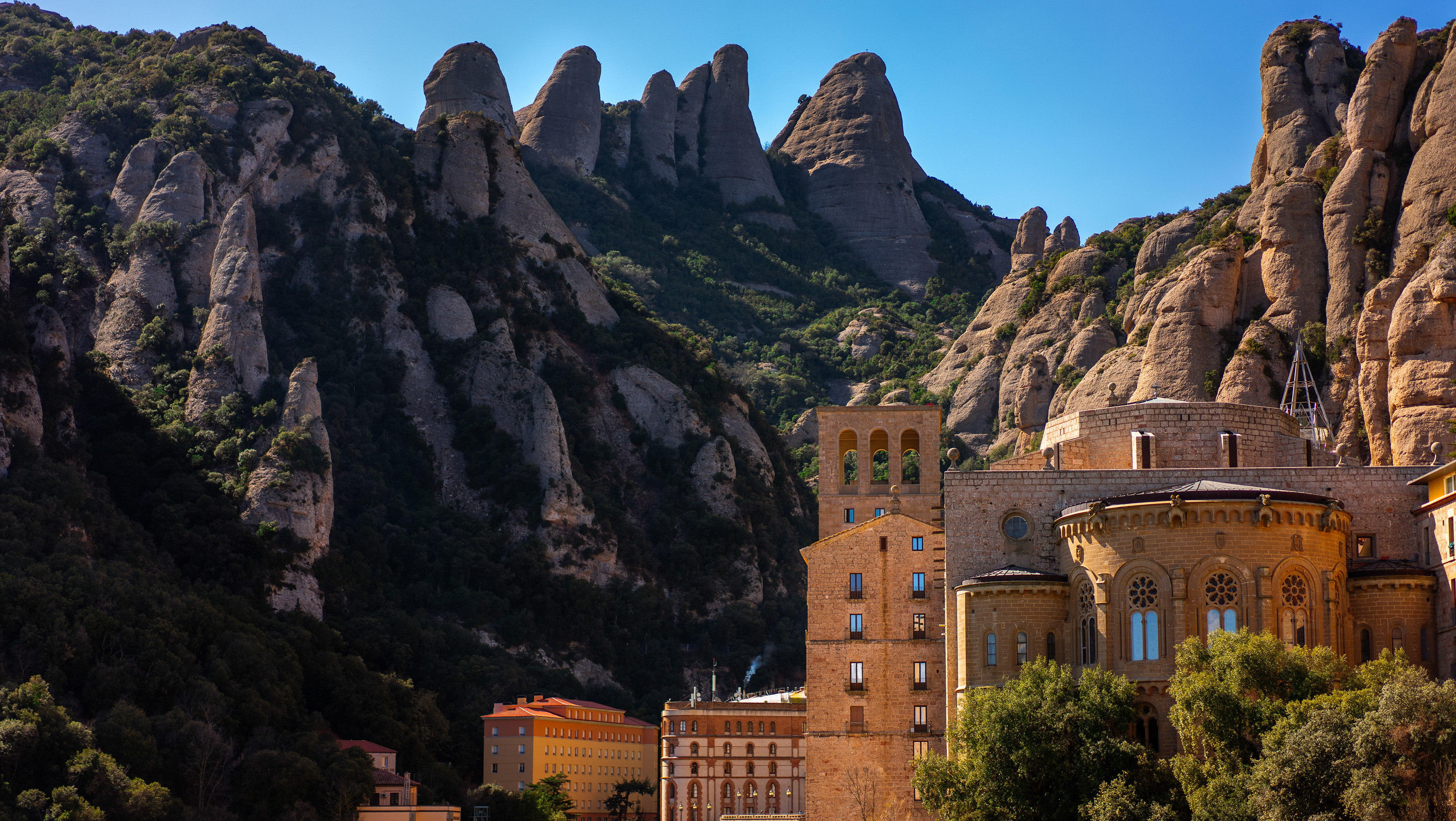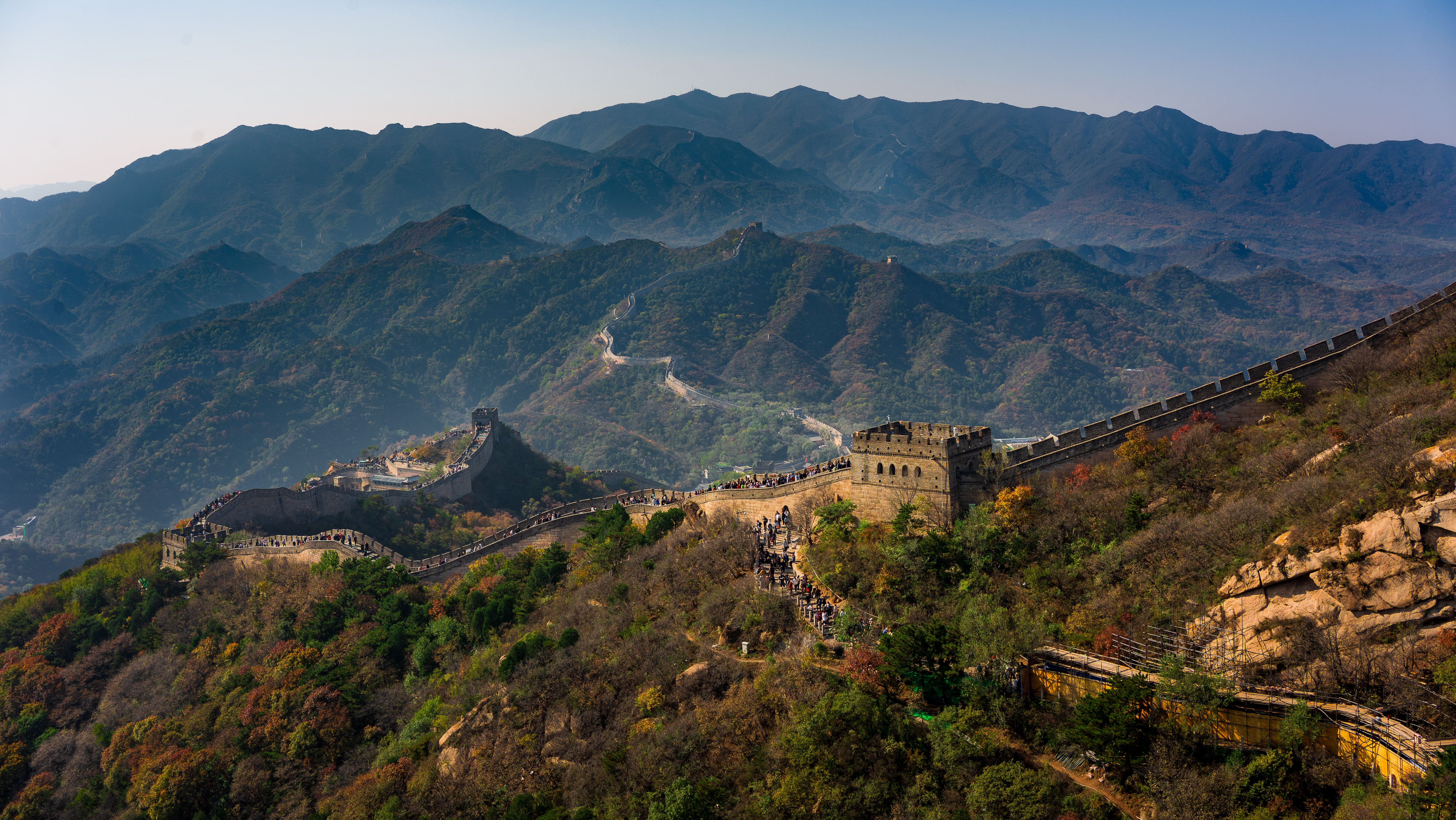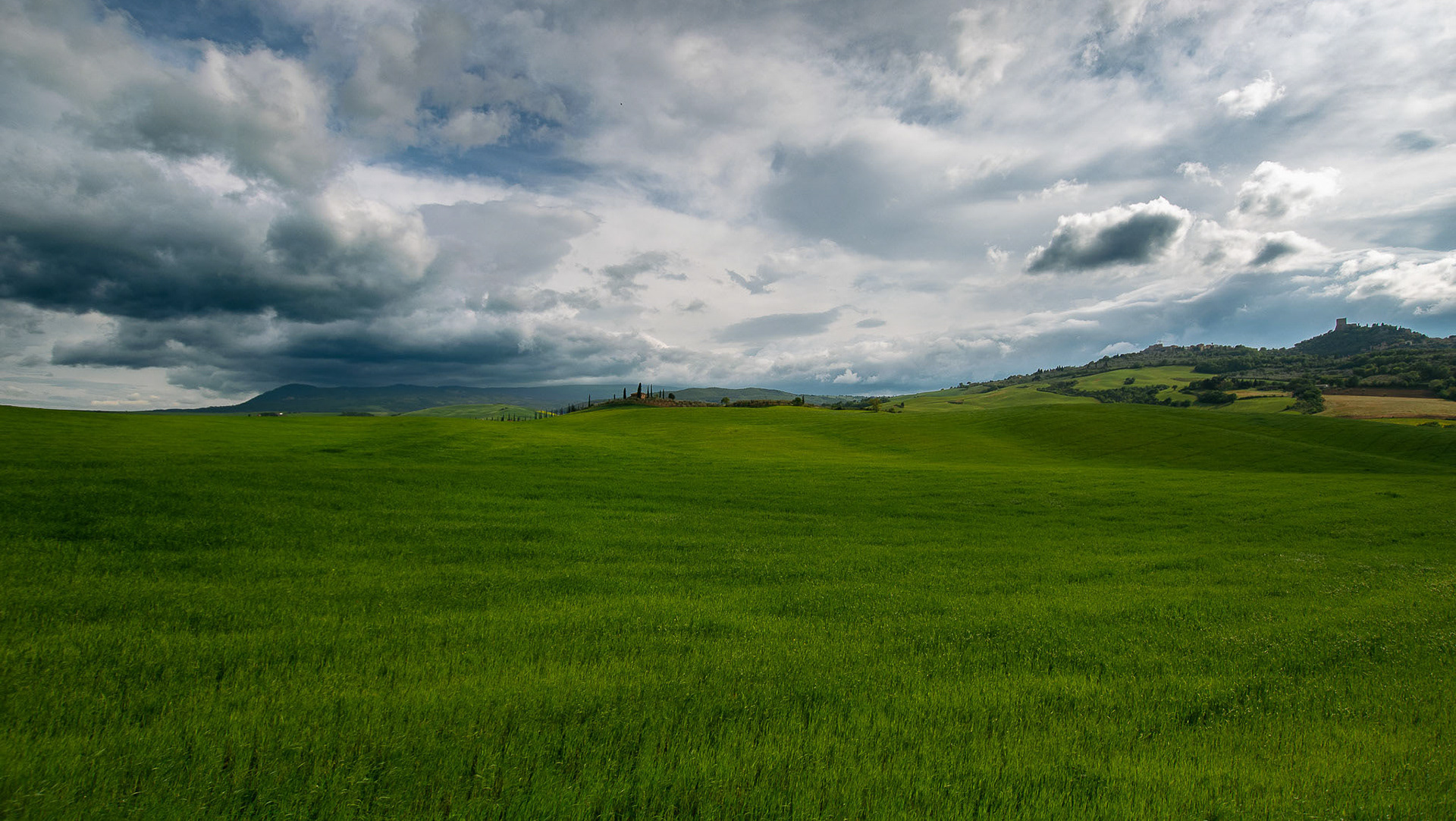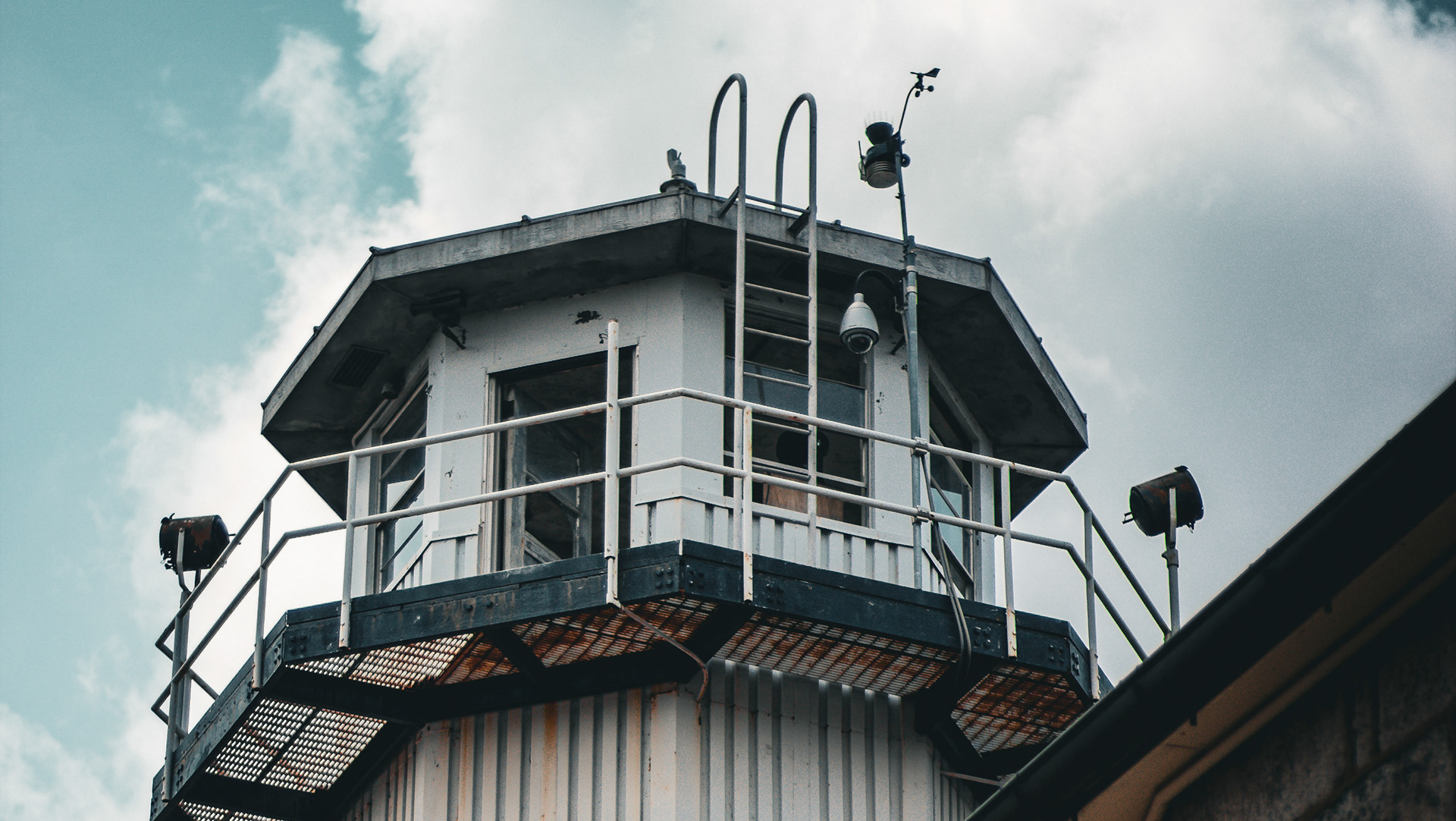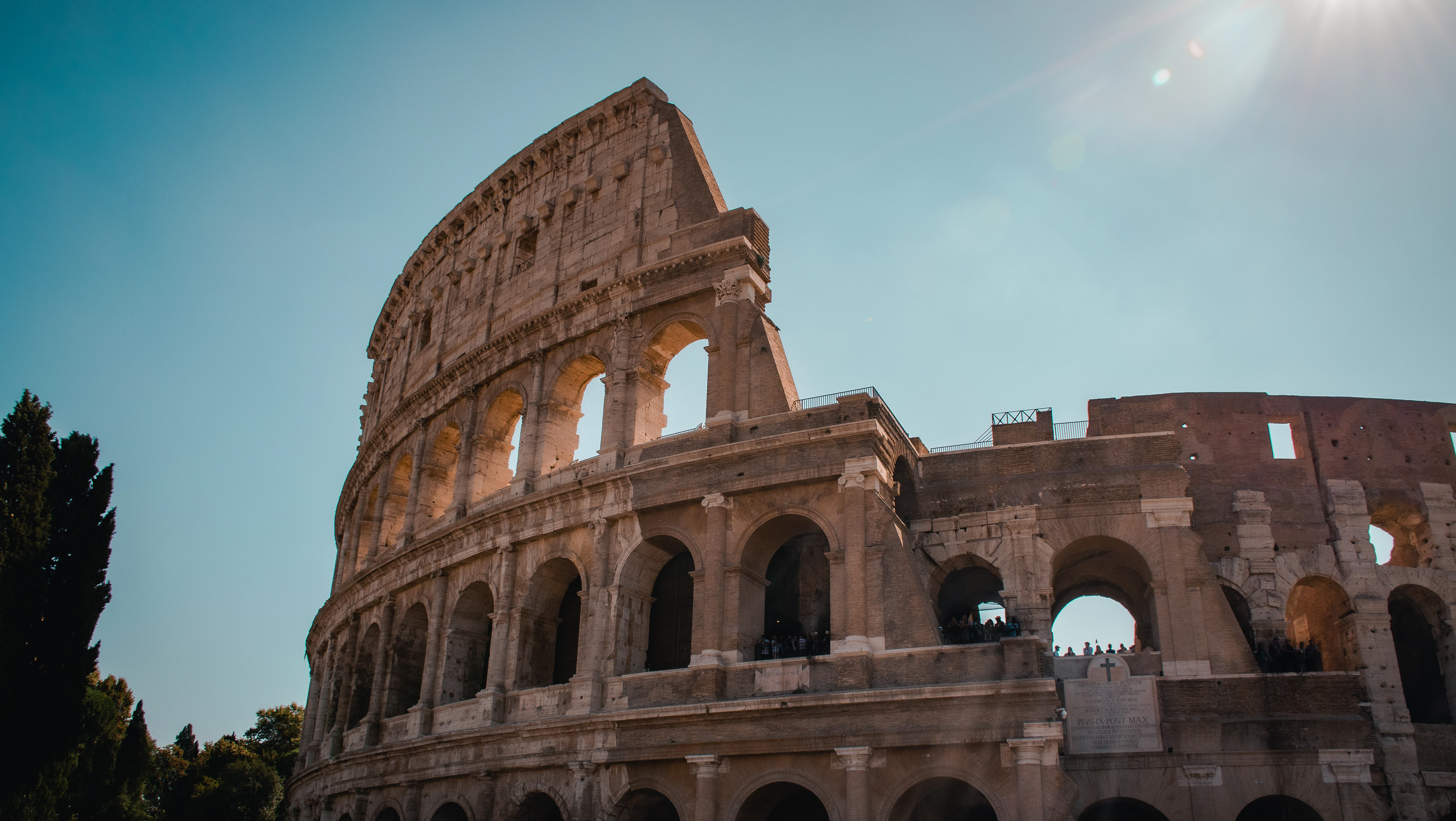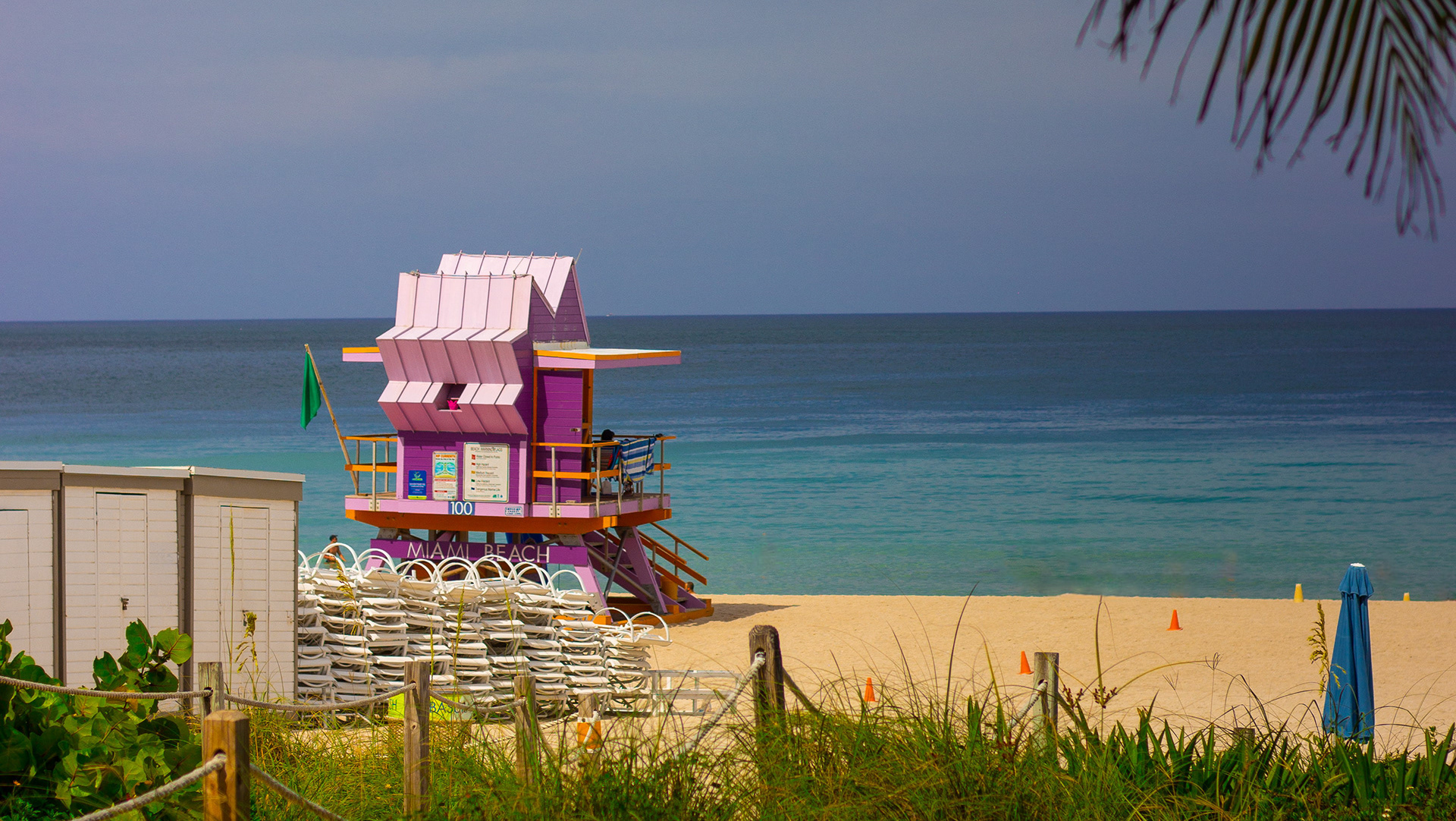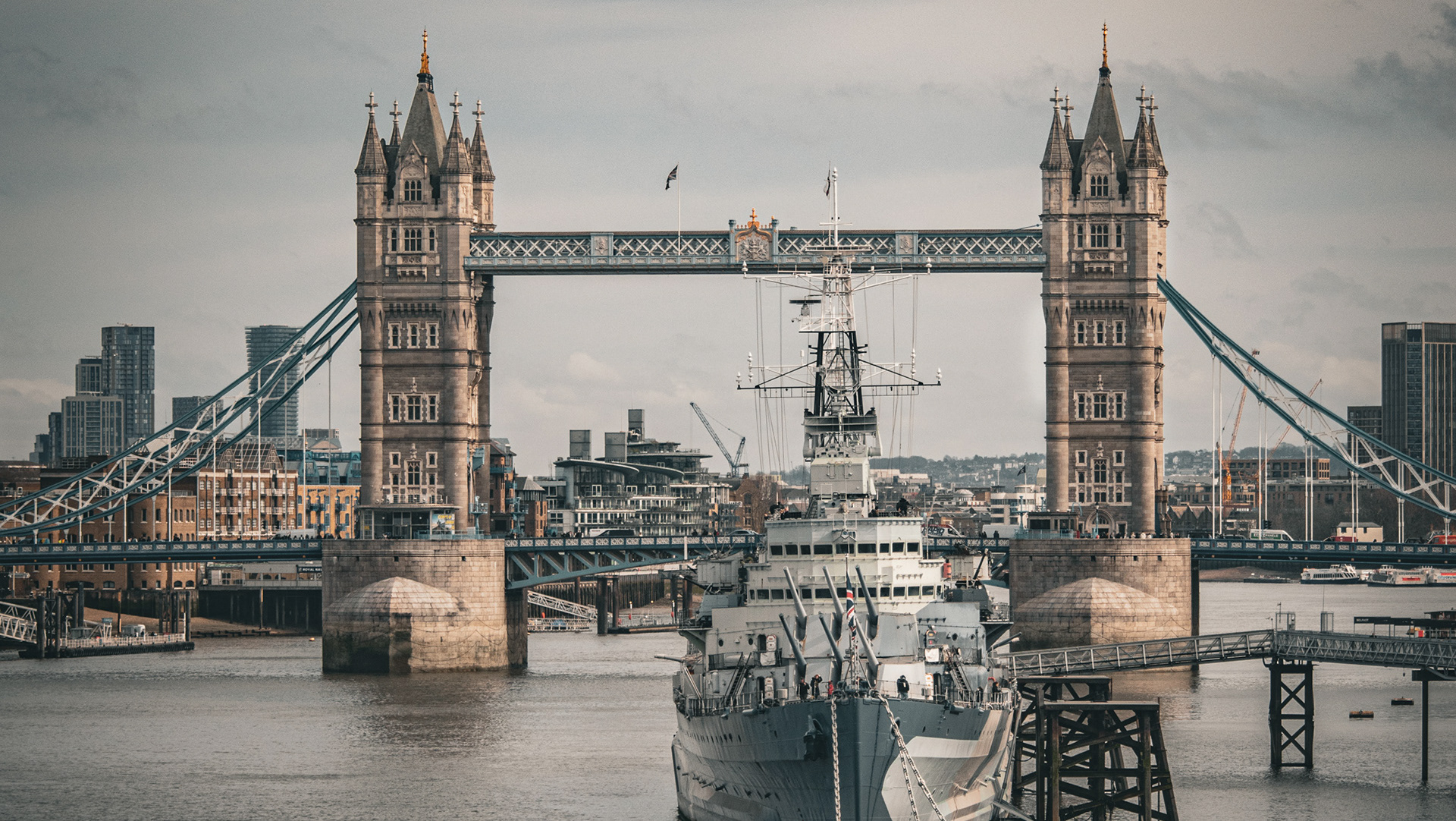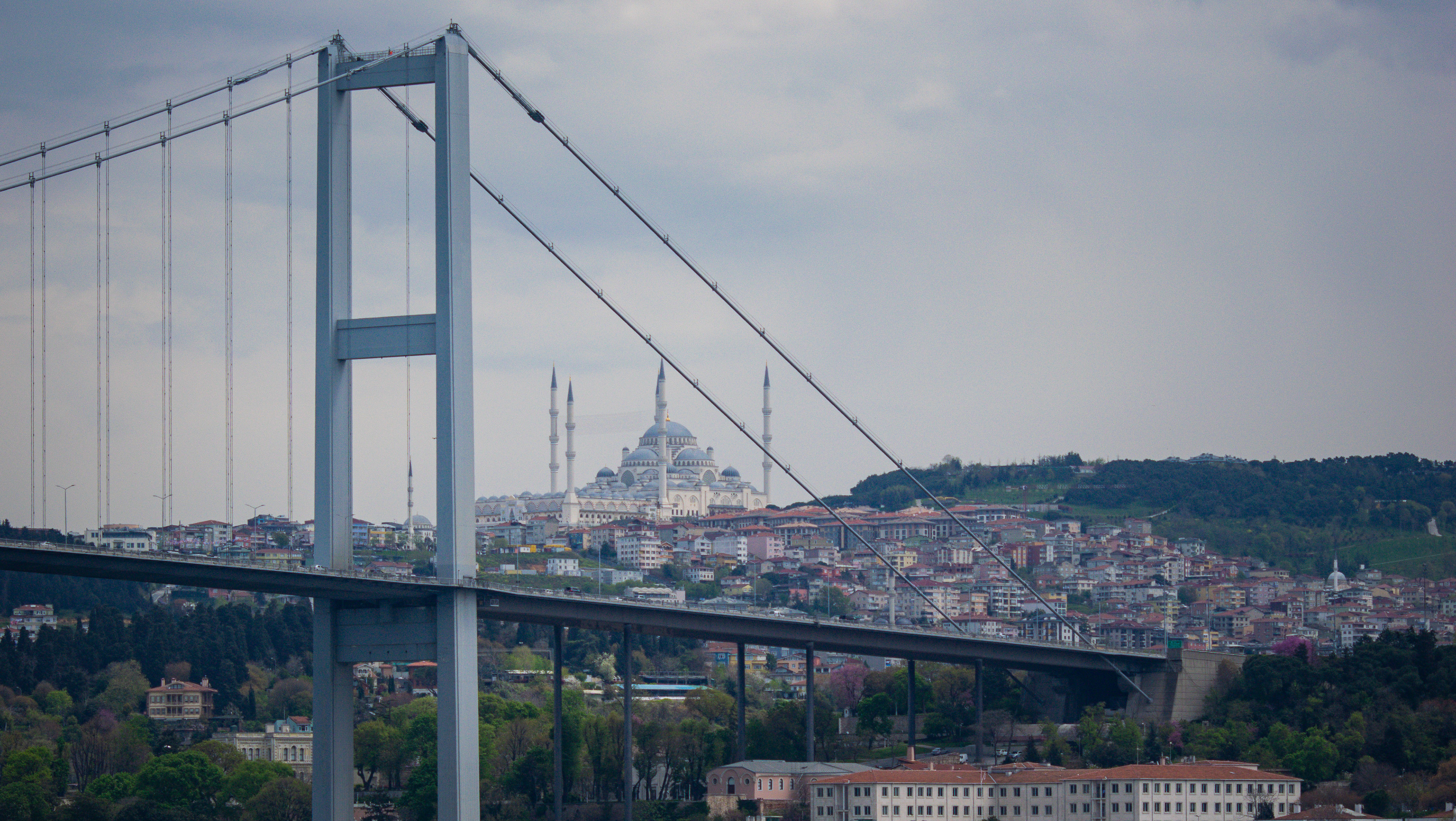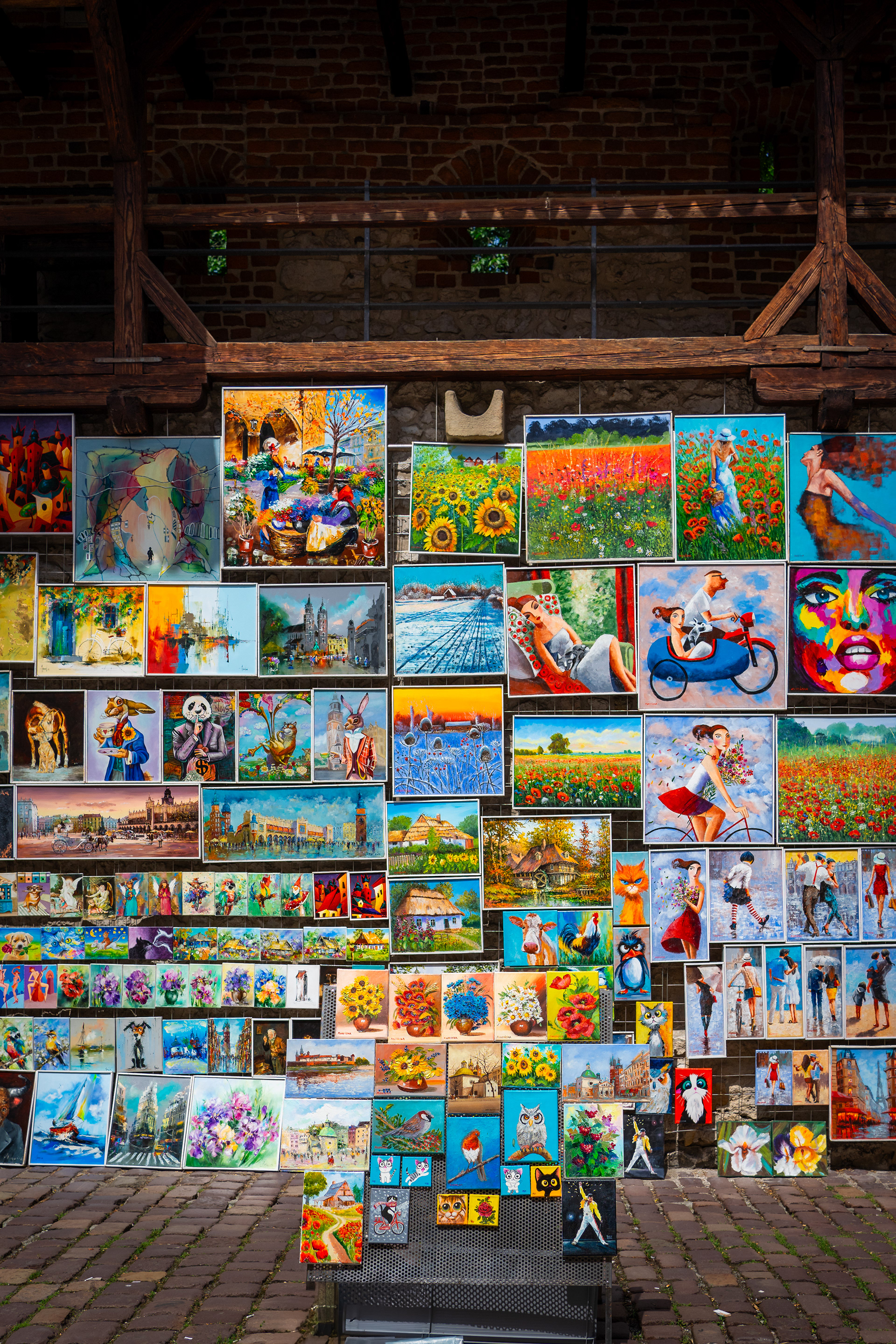
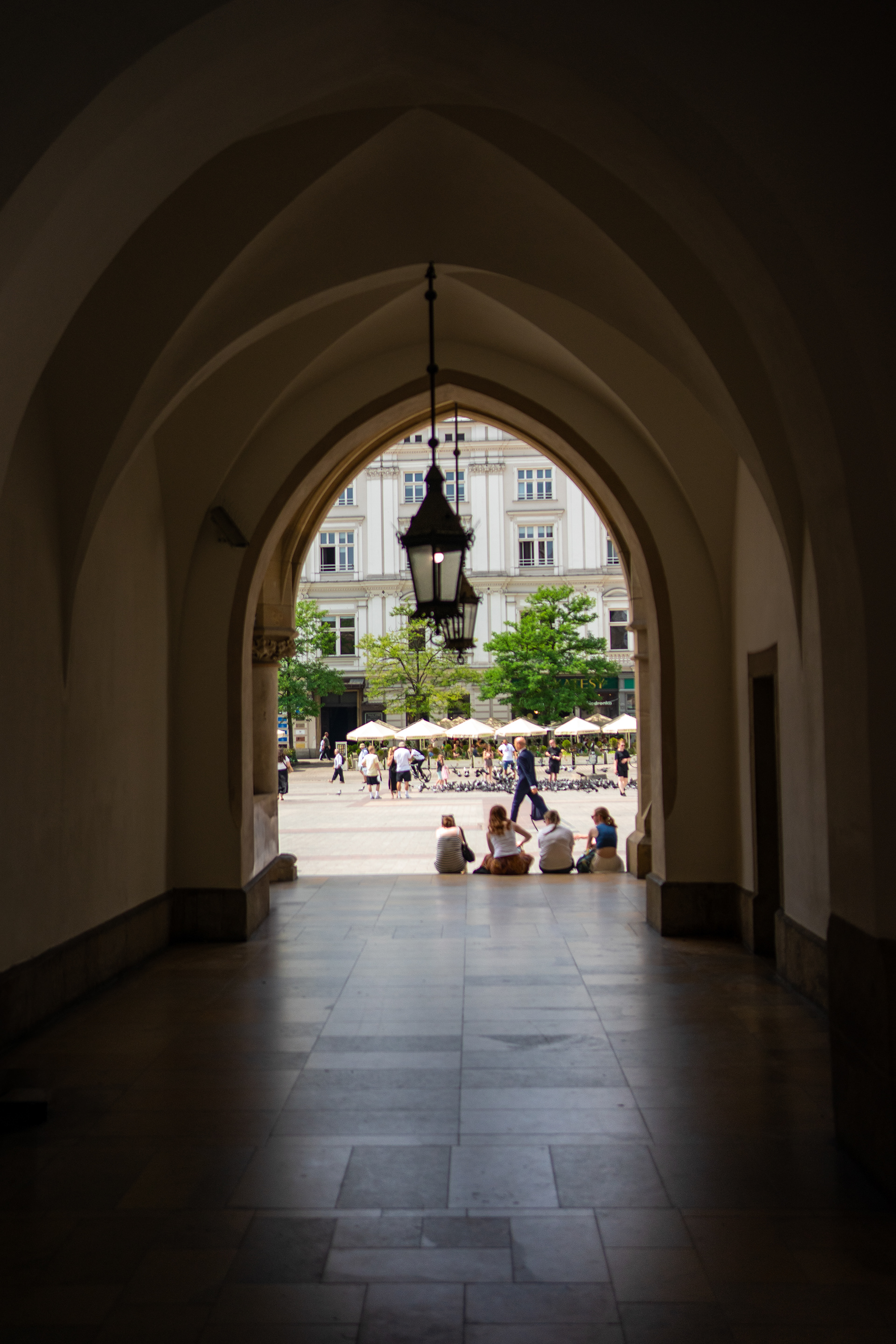
Krakow is the second-largest and one of the oldest cities in Poland. Situated on the Vistula River in Lesser Poland Voivodeship, the city dates back to the seventh century. Kraków was the official capital of Poland until 1596, and has traditionally been one of the leading centres of Polish academic, economic, cultural, and artistic life. Cited as one of Europe's most beautiful cities, its Old Town with Wawel Royal Castle was declared a UNESCO World Heritage Site in 1978, one of the world's first sites granted the status.
Kraków's early history begins with evidence of a Stone Age settlement on the present site of the Wawel Hill. A legend attributes Kraków's founding to the mythical ruler Krakus, who built it above a cave occupied by a dragon, Smok Wawelski.
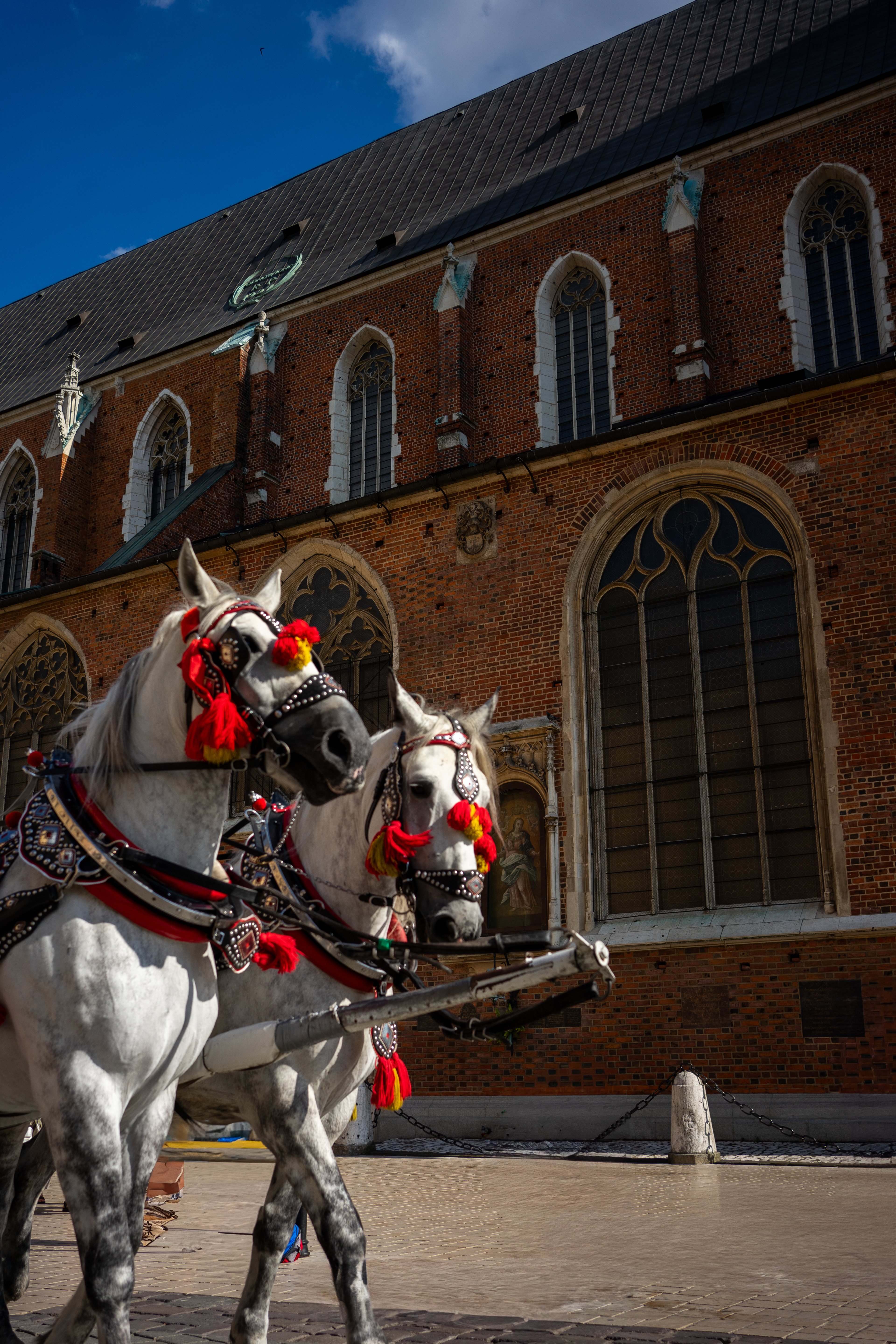
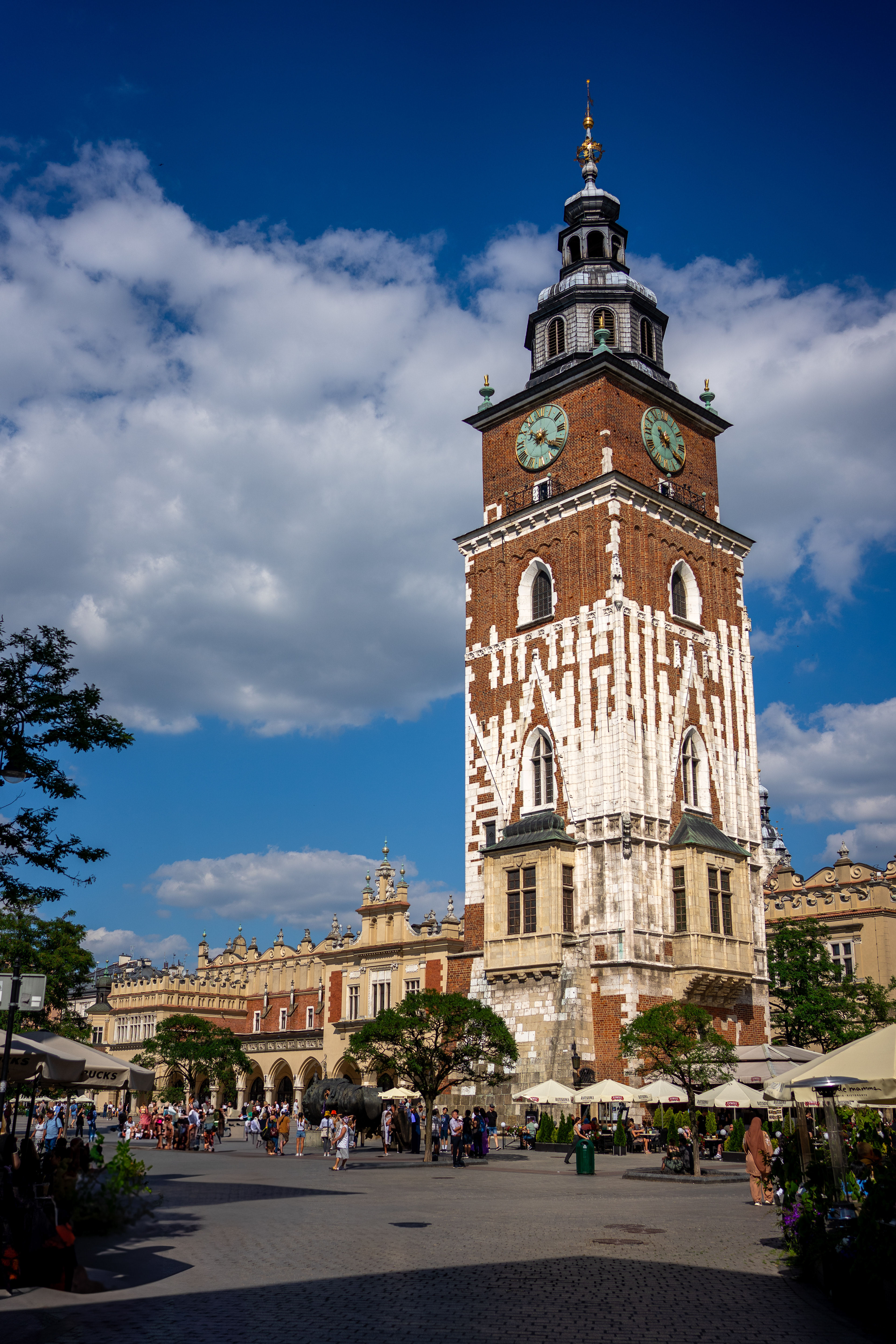
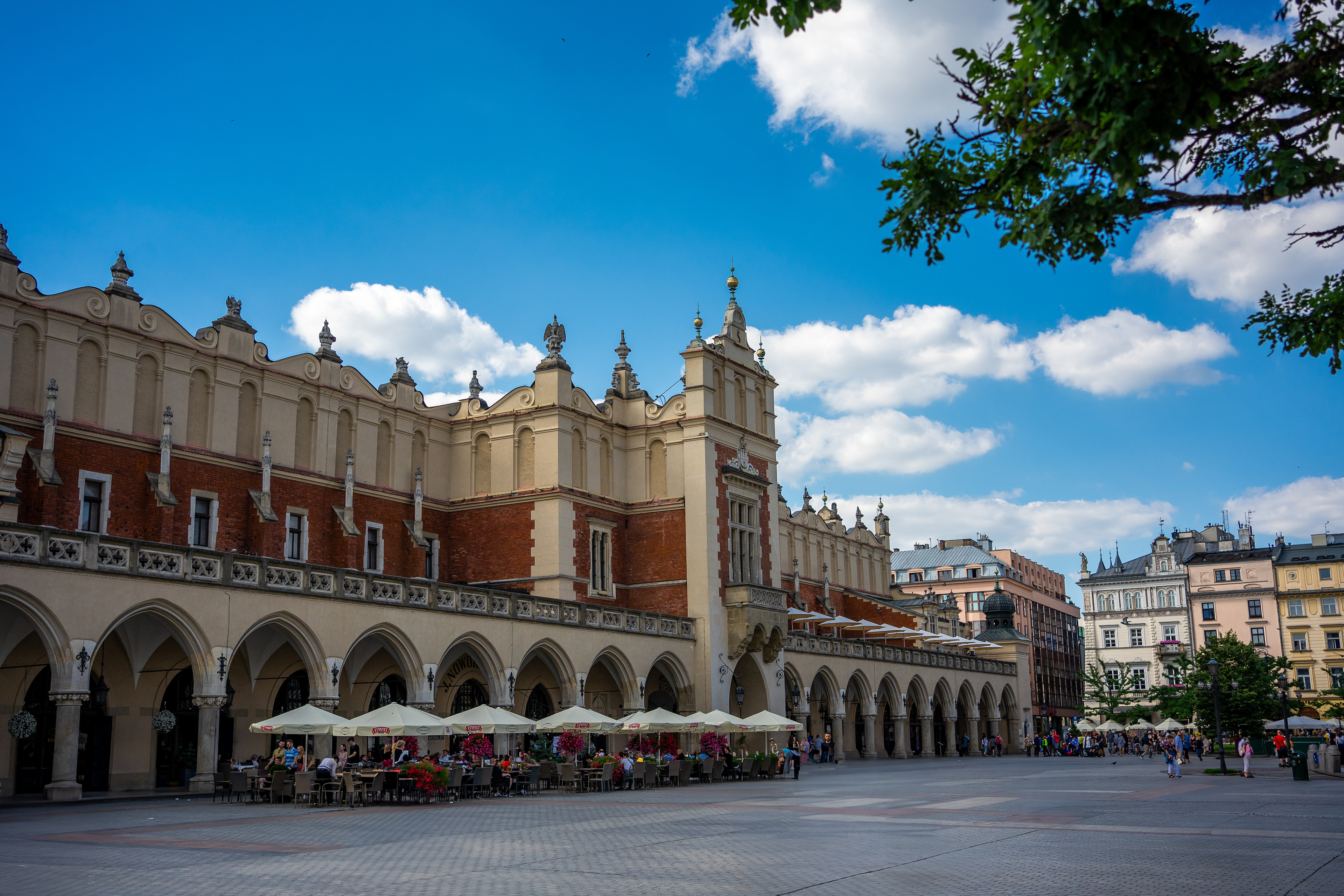
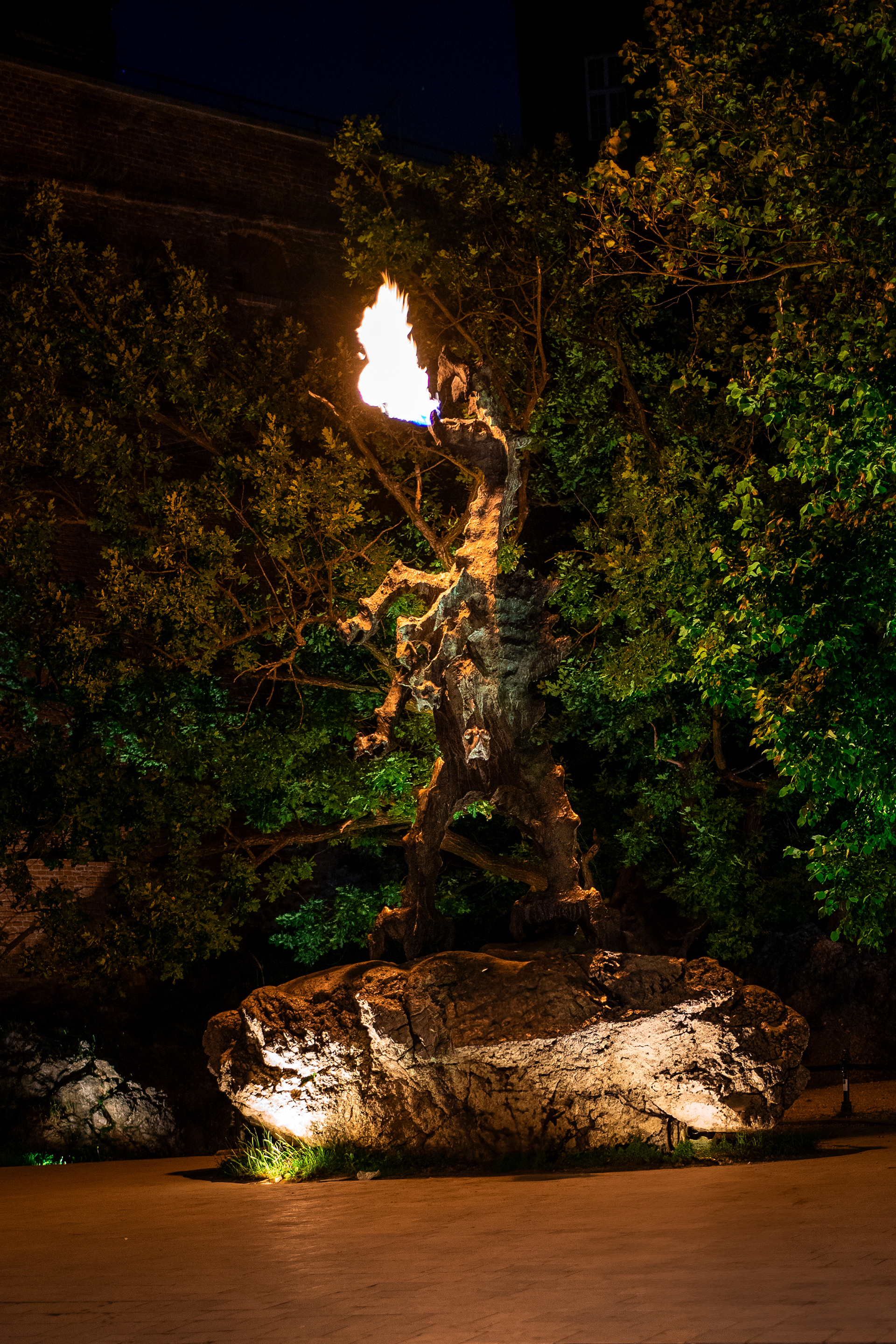
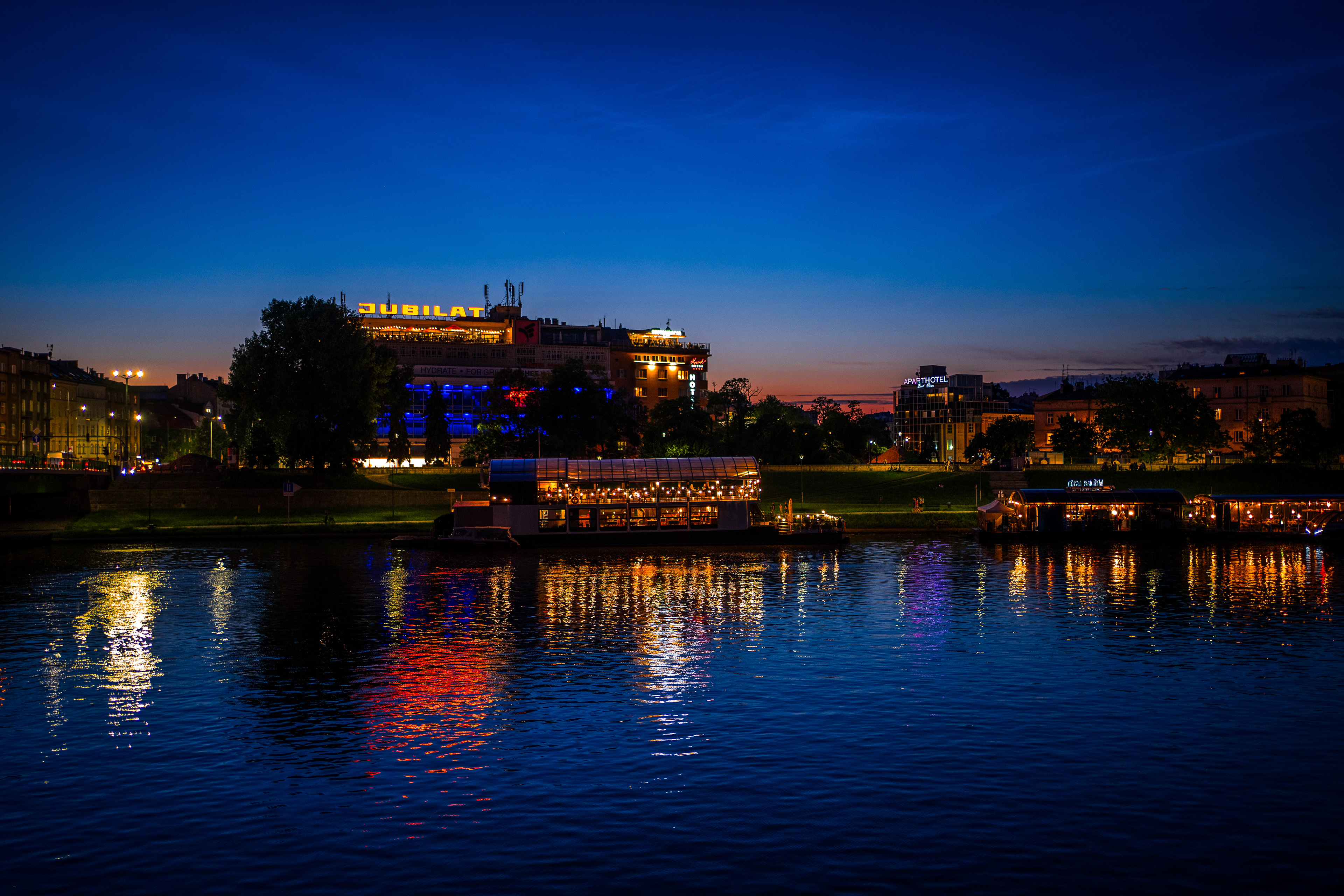
Kraków provides a showcase setting for many historic forms of architecture developed over the ten centuries, especially Gothic, Renaissance and Baroque styles. Renowned artisans and skilled craftsmen from present-day Italy and Germany were brought and sponsored by kings or nobles who contributed to architectural wealth and diversity.
The Brick Gothic manner as well as countless structural elements such as the Renaissance attics with decorative pinnacles became recognisable features of historical buildings in Kraków. Built from its earliest nucleus outward, the city's monuments can be seen in historical order by walking from the city centre out, towards its newer districts.
The central core surrounded by Planty Park remains the most prominent example of an old town in the country, with the medieval street layout still in existence. Kraków was the royal capital of Poland for many centuries, until Sigismund III Vasa relocated the court to Warsaw in 1596.



